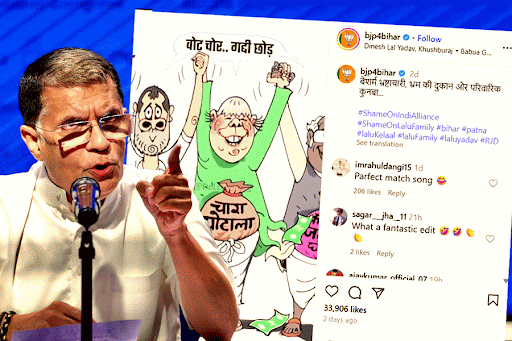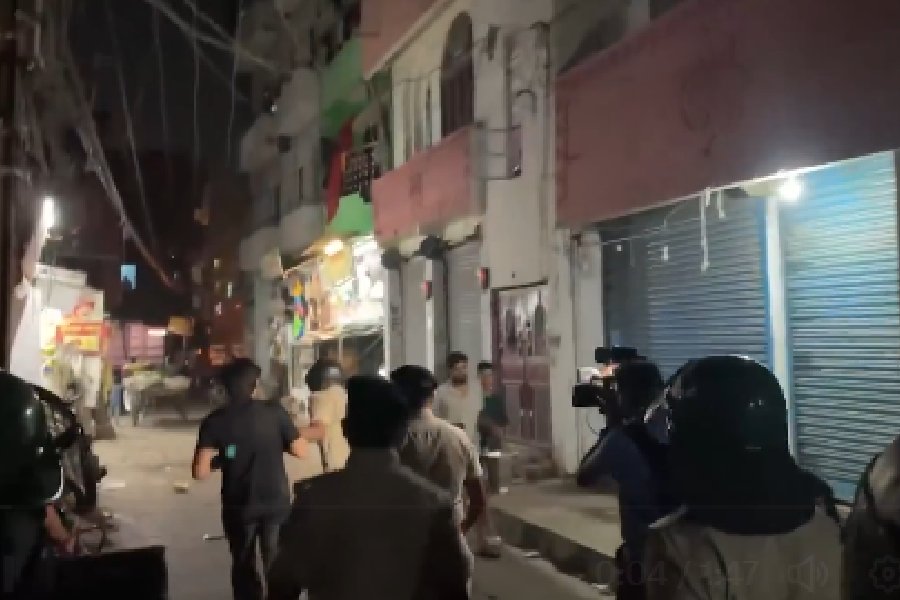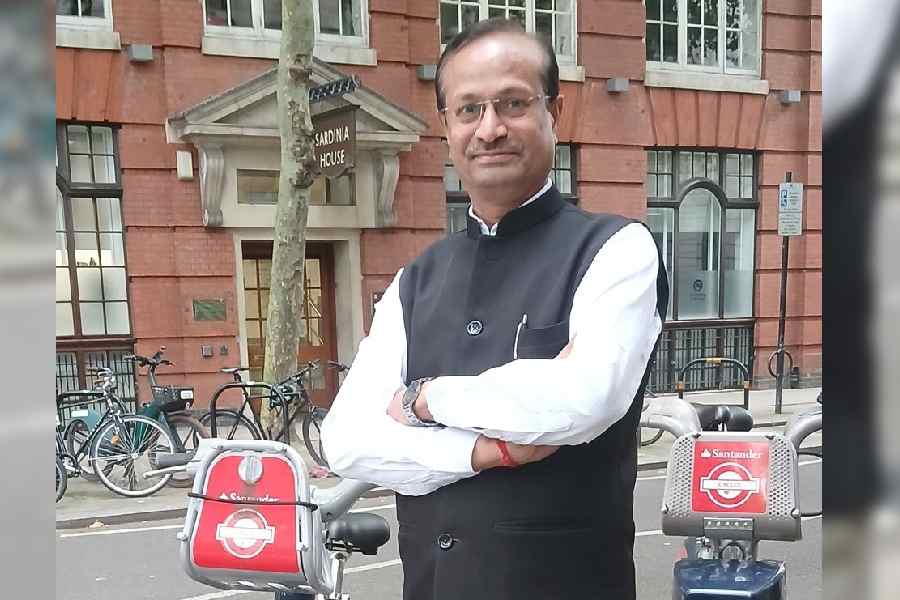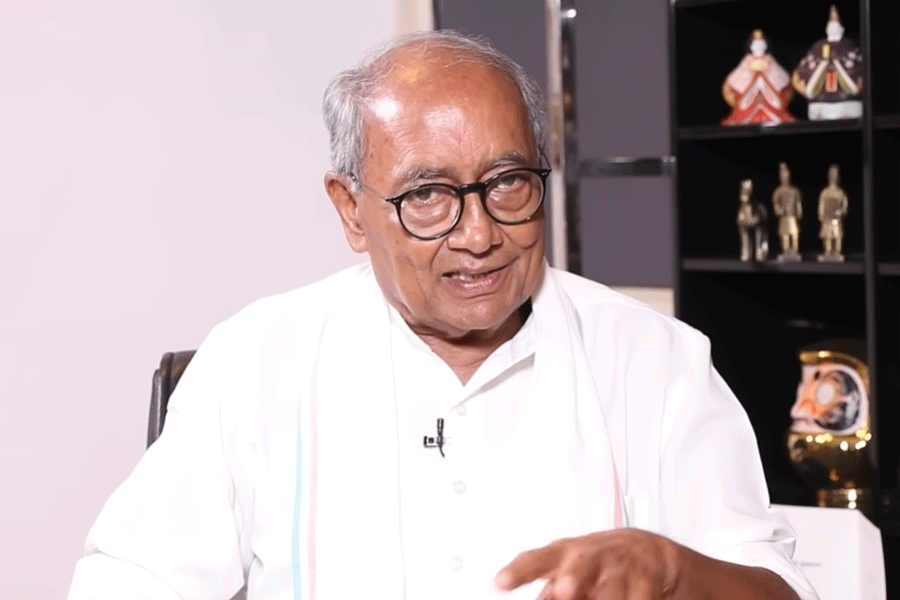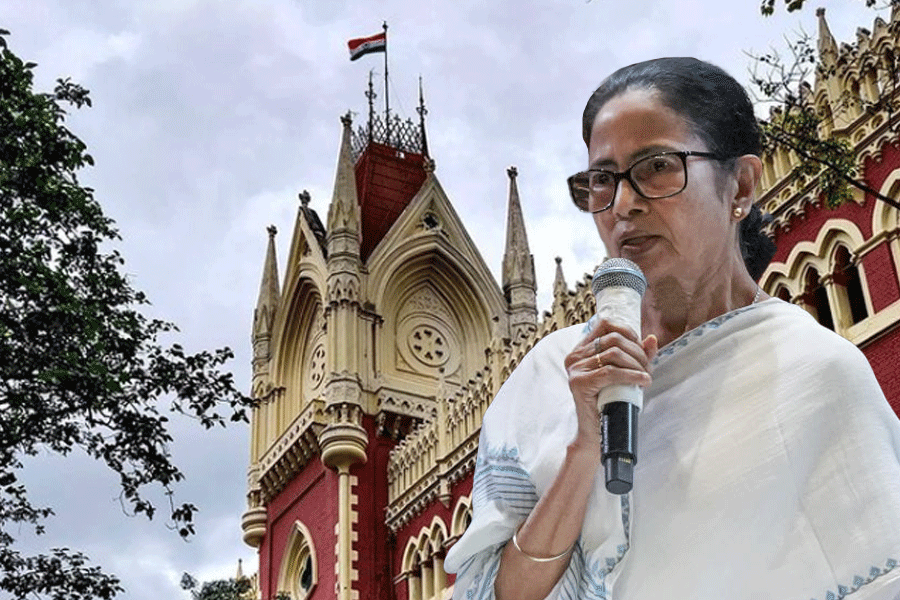
5.45am: Beef Nihari at Sufia Restaurant, Zakaria Street
It was a busy Sunday morning and Sufia Restaurant on Zakaria Street, just opposite Nakhoda Masjid, was about to sell its last few plates of nihari for the day.
It’s the go-to place for those who visit the mosque for early morning prayers. That apart, party-goers also flock in during the wee hours to savour some of the filling meat-and-broth dish after a Saturday night out.
The famous Beef Nihari at Sufia takes more than 10 hours to be made and the process begins as early as 3pm for it to be sold the next morning.
“We are from the Barabanki district in Uttar Pradesh and our food has Mughal influences. For me, the idea has always been to serve home-style food that people can relish, and the nihari recipe is my own. I personally sort the spices and herbs that go into it at home before they are sent to the restaurant. On a busy Sunday, we start serving nihari 4am onwards and more than 300kg of nihari is sold in less than three hours. In fact, we receive tiffin carriers the night before for those who cannot wake up early morning but do not want to miss out on their favourite breakfast item,” said Ahmed Rasool, who took over the restaurant 50 years ago. His daughter Shaheen Rasool now leads the legacy.
Other breakfast staples: Mutton Liver, Mutton Brain Curry, Mutton Keema, Beef Keema and Beef Bhuna Gosht.

6.20am: Islamia Nihari at Jadid Islamia Hotel, Colootola
It did not take us long to locate our next stop — the 75-year-old Jadid Islamia Hotel at 73 Maulana Shaukat Ali Road (earlier called Colootola Street) known for its special Islamia Nihari.
“For any nihari to have authentic flavour, the meat is of utmost importance. We use the kareli. The meat and its juices makes or breaks the nihari,” said Mohammad Zubair Zaman, who has been handling the restaurant founded by his grandfather, Haji Hafiz Ali Jabbar, for the past 18 years.
At Jadid Islamia Hotel, the owners themselves prepare the nihari dish using the family recipe. Typically, a plate takes over 10-12 hours of prep time. The meat is cleaned and then roasted with spices such as ginger, garlic, cloves, cardamom, chilli powder and coriander powder. For the gravy, browned onions are used along with Ayurvedic herbs such as mulethi, balchar and ratanjog, poppy seed paste and a huge quantity of dry fruits, which is added to the meat along with water and left to slow-cook for over eight hours.
On a Sunday, three-four degs or cauldrons of the dish are sold in two hours. Here nihari is available from mid-November to mid-February or later, depending on the chill in the air. People begin queuing up for breakfast as early as 5am on weekdays and 4am on Sundays. And the nihari is gone in a matter of two-three hours.
Other breakfast staples: Brain Curry and Paaya Nihari.

7am: Beef Nihari at U.P. Bihar Restaurant, New Market
After nihari #nomnom on Zakaria Street, t2 decided to head to New Market for some more yumminess. Patrons had already taken tables as well as cabins inside this almost 78-year-old establishment. The whiff of nihari served with hot dal puris filled the air.
“The restaurant was started by my great grandfather Fakir Md. and his son Abul Hassan. Since then, even though our chefs keep changing, the recipe has remained intact in the family. We are known for our beef items and hence customers flock from all over,” said Md. Shamim, a fifth generation owner who has been running the restaurant for the past two years.
Sprinkled with some lime juice and chopped coriander, the nihari here is light with a fresh feel to it. We took quite a few mouthfuls despite gorging on a lot of nihari already!
Other breakfast staples: Beef Bhuna and Halwa Puri. If you ever happen to be there in the evenings, do not miss their legendary Beef Khiri Kebabs.

8am: Paaya Nihari at Zeeshan Restaurant, Park Circus
The last stop on our trail was reserved for the special Paaya Nihari from Zeeshan Restaurant, Park Circus. The dish is actually a variation of the regular nihari, where instead of meat, mutton leg bones and marrow are used.
“I grew up to the aroma of paaya nihari being made at home almost every other day during winter. Personally, it is an absolute breakfast favourite. The paaya nihari at Zeeshan carries the same taste that my mother’s breakfast used to. It takes around five-six hours to prepare,” said Saifuddin Ahmed, who started the restaurant along with his father Bahaluddin Ahmed in 1996.
The Paaya Nihari has featured on the winter menu ever since and is a favourite with customers. It is believed that the juice from the bones and the marrow is a great source of energy and hence this is one of the most sought after breakfast items, especially during the cold winter days.
Zeeshan Restaurant serves Paaya Nihari from mid-November till the second week of February.
Other breakfast staples: Dal Gosht, Mutton Liver and Mutton Keema.

To get you a home recipe of nihari, we got in touch with Talat Kadiri, who has been holding cooking classes for the past nine years and is known for her Mughlai delicacies. Talat recently opened the restaurant Salt in the Keyatala area, opposite Nazrul Mancha.
“A dish such as nihari usually requires a lot of preparation and each household has its unique way of preparing as well as eating it. In the days of my mother, the stew used to be slow-cooked overnight over hot charcoal, but now there are quick fixes to everything. The meat for the nihari has to be a special type called kareli, which adds the right juice and flavour to the broth. In fact there are two variations to nihari — the one with just meat is known as nihari, whereas the one which also contains bones from the legs and skull is called paaya nihari,” said Talat. Here is her recipe:
Ingredients
- 1kg mutton
- 5 chopped onions
- 1tbsp ginger-garlic paste
- 2tbsp dry ginger powder
- 2tbsp Kashmiri mirch powder
- 1tbsp red chilli powder
- 4tbsp ghee
- 2tbsp garam masala
- ½tbsp nutmeg powder
- 200g yogurt
- 4tbsp refined oil
- Salt to taste
For garnishing
Chopped green chillies, coriander leaves, ginger and lemon slices.
Method
Heat oil and ghee in a pan and add the chopped onions. When the onions are half-done, add the ginger-garlic paste and fry till brown. Add red chilli powder, dry ginger powder, Kashmiri mirch powder, garam masala, nutmeg powder and yogurt and mix well in the ghee.
Add the mutton pieces, cover with a lid and let it simmer for 7 minutes till the mutton begins to release its juice. Add two glasses of water and cook on slow flame till the mutton pieces are tender.
Then add a cup of hot water (the hot water gives the right colour to the gravy), let it simmer for five minutes till the ghee begins to float on top of the broth. Garnish as per choice and serve with tandoori naan.
Pictures: Koushik Saha and Rashbehari Das
What’s your go-to place for nihari?
Tell t2@abp.in


